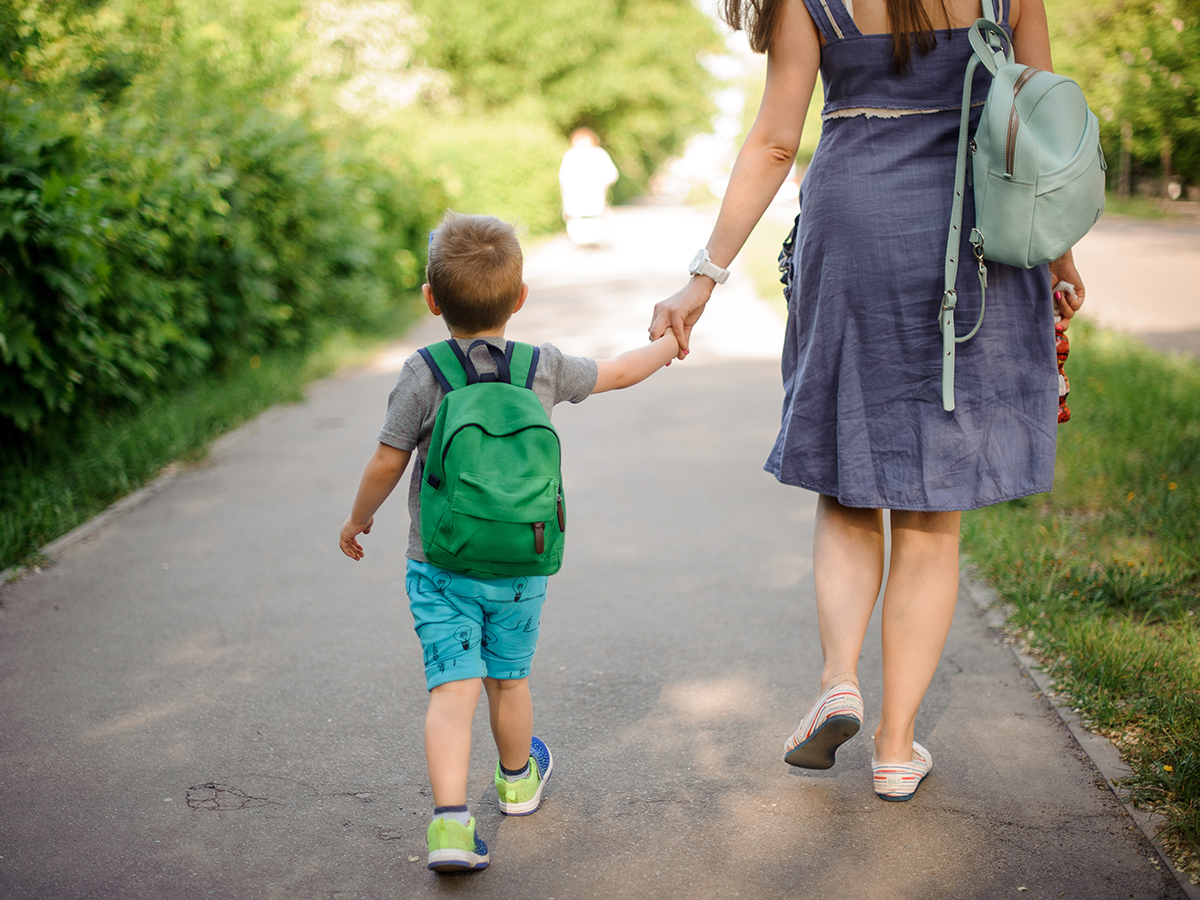

Keeping up with our children’s growth and development is a difficult task – and the feet are no exception.
A new day can see us noticing something different that our child has started doing, like the way their foot turns in when they walk, leaving us wondering whether that’s normal, if we should keep an eye on it, or if big alarm bells should already be going off.
Among all the questions, there’s one thing you can be certain of: supporting your child’s healthy foot development is vital to their lower limb health later in life. While you may already know that regular foot health assessments and foot care advice have been shown to prevent or reduce skin, nail and musculoskeletal problems in the feet, here are five interesting things you may not know about your child’s feet.
1. Children’s Bones Fuse Together As They Grow
While adults have approximately 206 bones in our body, at birth, our children are born with around 300 bones. The reason for this discrepancy of around 100 bones is that over time, as kids grow, the bones fuse together.
‘Bone’ may also be a relative term here for young children, given that many of their bones at birth are actually cartilage that will eventually turn to bone. A good example is the kneecap, which may feel soft when touched in a newborn baby, but will grow harder and bony between the ages of 2 and 6 years.
2. Kids Feet Sweat More Than Twice As Much As Adults
Your feet have around 250,000 sweat glands in your feet which produce over a cup full of sweat each day, and kids’ feet can sweat more than twice as much. While sweat is perfectly natural, when left unaddressed, the sweat can contribute to blisters, sores, and may even lead to infection. When it comes to managing sweaty feet, breathable socks and footwear can help make a world of difference for keeping little feet comfortable and safe.
3. The Rate Your Child’s Feet Grow Isn’t Linear – It Changes Over Time
The rate of growth of children’s feet slows as they grow older.
- From 0-15 months children’s feet grow by half a size every two months
- From 15 months to 2 years of age, half a size increase occurs every two to three months
- From 2 to 3 years of age, there is a half a size increase every three to four months
- From 3 to 5 years, there is a half size change every four months
Knowing how fast your child’s feet are growing can help you plan their footwear needs, and know when to expect to replace their shoes.
4. Kids Aren’t Born With Arches
As a newborn, your baby will have soft fat pads on the bottoms of their feet and arches to help protect their feet in place of an arch. Over time, children’s feet start to develop muscle tone and strength, which is when the arches start to form. This process often doesn’t begin until school age, with boys tending to develop arches at an earlier age than girls, and it may take several years for the arches to fully develop. That’s if your child develops arches – as not everyone does, and both children and adults may subsequently have either completely flat feet or a flatter foot type.
As your child’s arches develop, wearing good footwear that supports their feet and arches can help their feet stay comfortable, especially at school where kids spend 1200 hours on average in school shoes. In their early years, going barefoot when safe to do so can also support the healthy foot and arch development by having the muscles in the feet work harder so they grow stronger. If you’re worried about your child’s arches, or they’re getting a foot or arch pain, custom foot orthotics may be able to help. Our podiatrists can assess your child’s feet and symptoms, and prescribe orthotics if needed that will sit discreetly inside of their shoes.
5. The Average Kids’ Foot Takes On 3 Times The Amount Of Stress As An Adult’s Foot
When it comes to the stress placed on a foot, children’s feet can take on up to three times the amount of stress as adults because they tend to be more active and more likely to engage in high-impact activities like running, jumping and climbing. Take this as a precaution: if your child starts telling you about a foot or leg pain, it’s important to listen and have their feet checked by a podiatrist promptly, as a small injury can quickly worsen when it’s placed under more pressure and stress from the active lives kids live.
Not Sure If What Your Child Is Experiencing Is Normal?
Children’s feet go through a lot of changes, which means it can be hard to know what’s normal – and what could be a cause for concern. If your child has pain in their feet or legs, or you notice something that looks unusual or alarming to you, follow your intuition and bring them in. Our podiatrists are highly experienced in working with children and can assess their feet, diagnose and treat any problems, track changes over time to ensure your child’s feet are developing well, and help prevent problems from developing in the future.
Book your appointment online or call us on 1800 366 837.
References
[1] https://pubmed.ncbi.nlm.nih.gov/18647245
[2] https://pubmed.ncbi.nlm.nih.gov/31422758/
[3] https://pubmed.ncbi.nlm.nih.gov/31422758/
[4] https://pubmed.ncbi.nlm.nih.gov/2307377/
[5] https://pubmed.ncbi.nlm.nih.gov/25103710/


